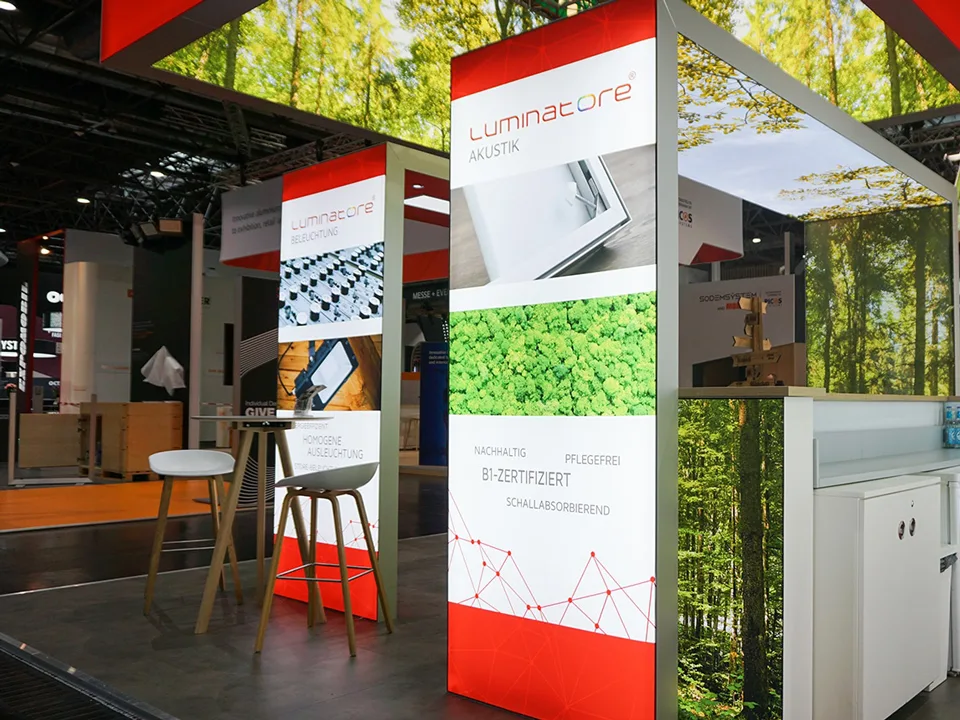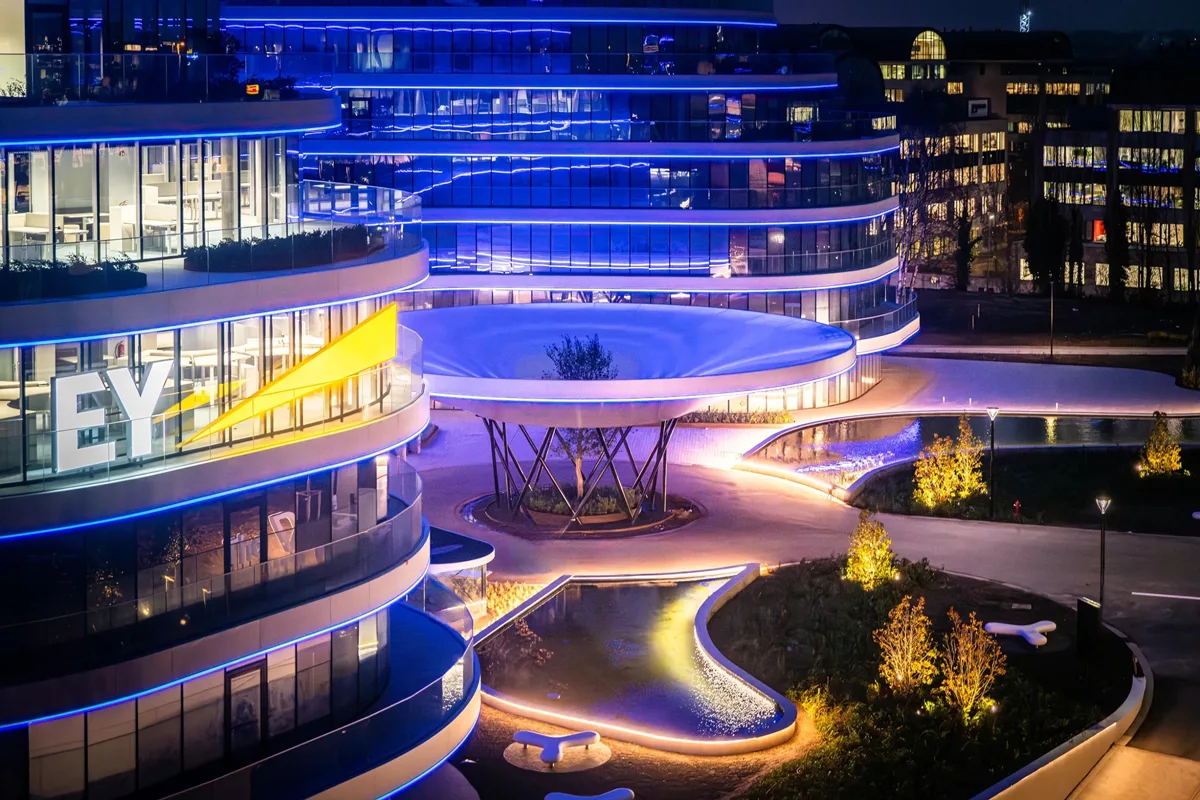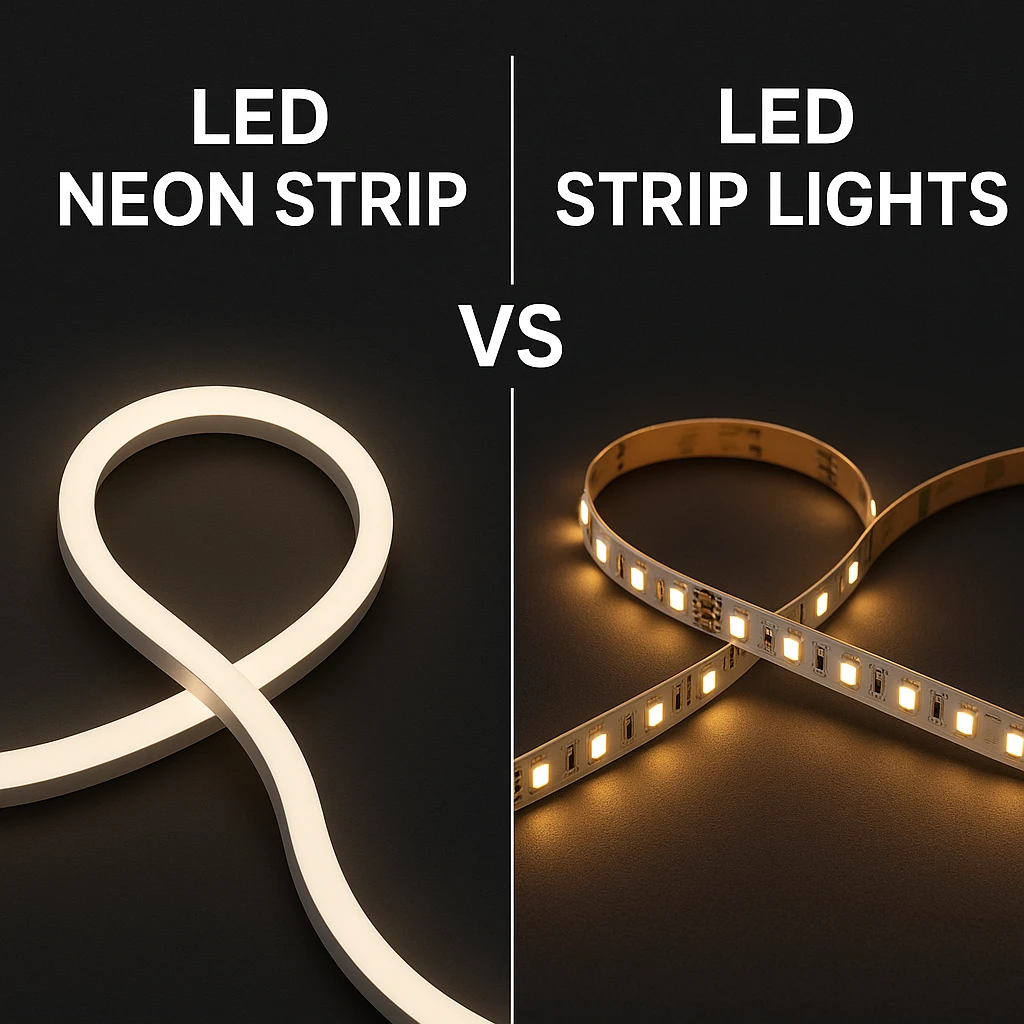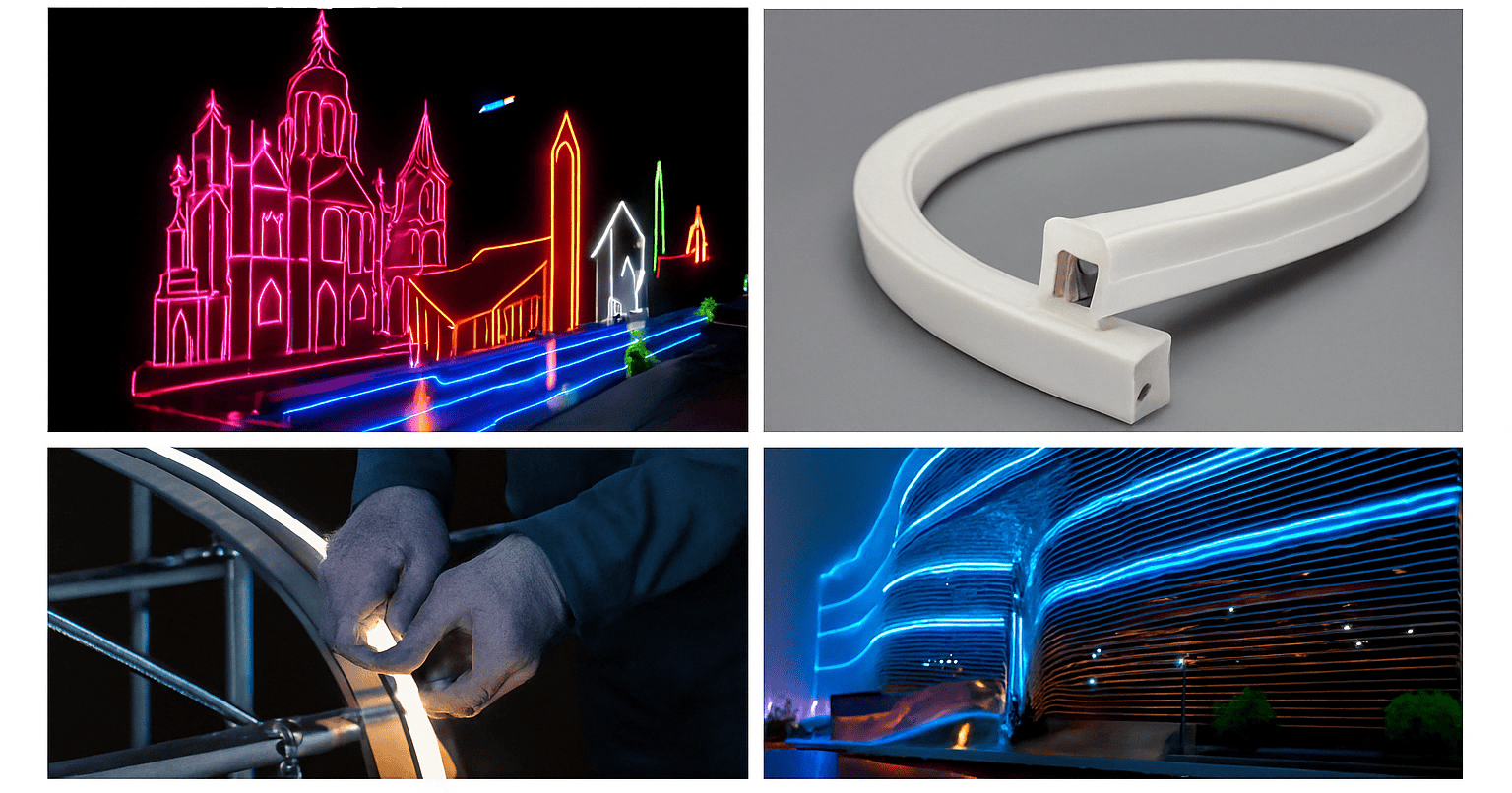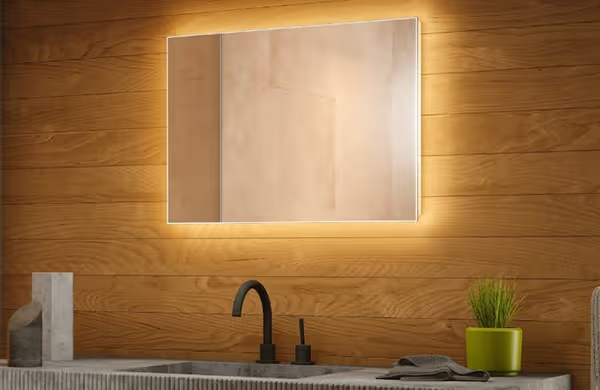
Elevate your mirror’s look with LED strip lights! Whether for functional lighting or decorative flair, adding LED strips to your mirror is a simple and cost-effective way to brighten up your space. In this guide, we’ll walk you through the step-by-step process of creating your own DIY mirror with LED strip lights. From choosing the right materials and tools to installation tips, this article will help you transform any mirror into a stylish and modern centerpiece. Perfect for bathrooms, bedrooms, or vanity areas, this project adds both practicality and elegance to your home.
Why Shall You Retrofit Mirror with LED Strip Lights
Retrofitting mirror LED lights offers numerous benefits, making it a worthwhile upgrade for any space. First, LED lights provide enhanced illumination, which is essential for tasks like makeup application, grooming, and shaving. This improved visibility makes daily routines more convenient and precise. Additionally, LED lights are energy-efficient, consuming less power than traditional lighting options, which reduces electricity costs and is environmentally friendly. Retrofitting also allows for customization, enabling you to choose the brightness, color temperature, and even smart features like dimming or color-changing options to suit your preferences. Aesthetically, LED lighting adds a modern and sleek look to your mirror, transforming it into a stylish centerpiece that enhances the overall design of the room. The durability and long lifespan of LEDs mean you’ll have a low-maintenance solution that lasts for years. Moreover, LEDs emit minimal heat, making them safer to use, especially in bathrooms or close to surfaces. Finally, retrofitting mirror LED lights is a cost-effective way to upgrade your space without the need for a full renovation, offering both functional and aesthetic improvements.
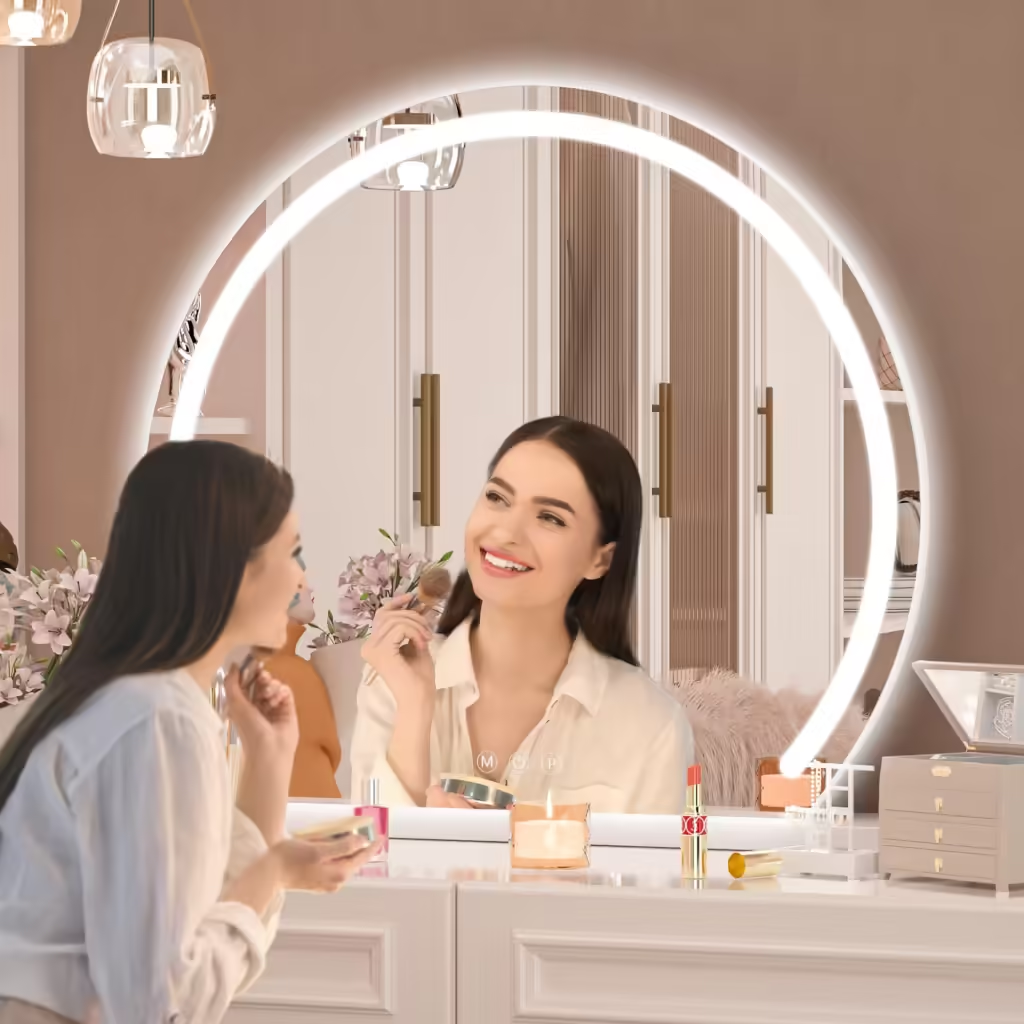
Considerations Before Installation
Before diving into a DIY LED strip lights for your mirror, there are several important considerations to keep in mind.
1. What’s the type of mirror?
There are so many types of mirror, floating mirror and non-floating mirror, wall mirror, mirrors that are part of a vanity or dresser, etc. The type of mirror determines what kind of LED strips you shall use and how you install it. For example, if you want to get a back light for non-floating mirror, you have to buy a spacer.
2. Where is the mirror located?
The location of the mirror determines whether you shall use waterproof or non-waterproof LED strip, for example, for bathroom mirror, you have to choose IP65 waterproof LED strip. The location can also affect your decision of choosing LED strip, for example, you may need RGBIC LED strip as ambient lighting for mirror.
3. What do you need for mirror lighting?
You should get all materials ready before retrofit, such as LED strip light, LED driver, controller, connector, scissor, cleaning tools.
4. Front light or back light?
Front light is ideal for tasks like applying makeup or grooming, as it provides clear visibility of facial features. But it may glare, better to choose spotless strip light, like our COB strip light FYX08T480C.
Back light is positioned behind the mirror, it can create a halo or rim light around the subject’s silhouette, making them stand out against the background. So it creates a variety of moods and atmospheres, from mysterious and dramatic to romantic and intimate. Our super bright SMD strip light FQX10T128C is the prefect choice for this task.
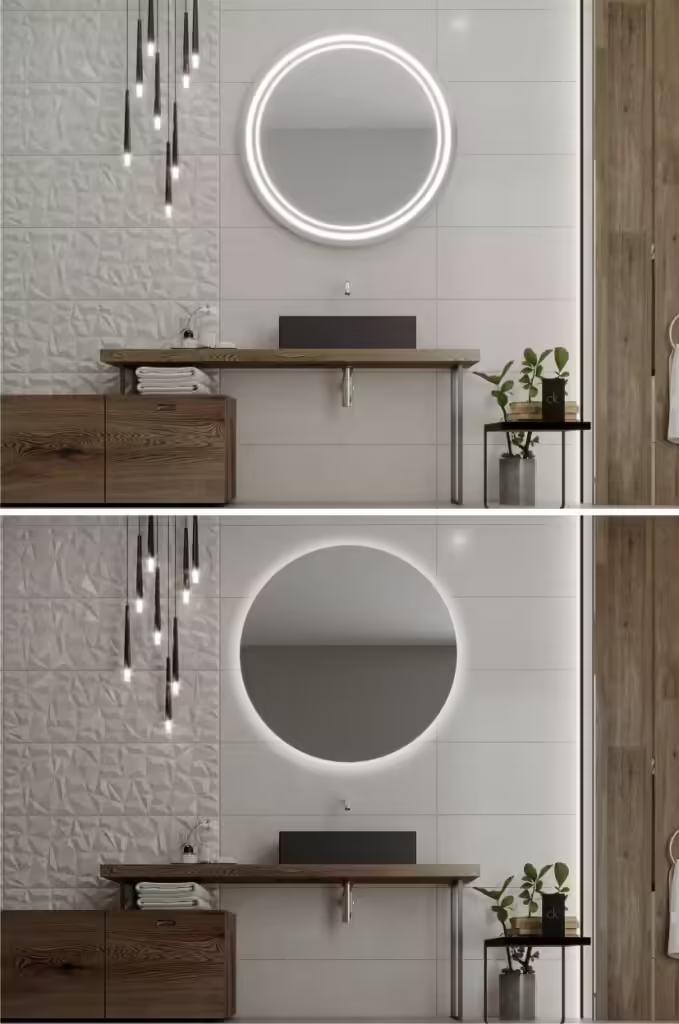
5. How do you want to control it?
There are a lot of ways to control mirror light, on/off switch, dimmable, color changing or more complex function like sound control.
How to Choose the Best LED Strip Light for Your Mirror
When selecting the ideal LED strip light for your mirror, you should take the following factors into consideration.
1. Type of LED strip
Rigid LED strip: For better heat dissipation.
Flexible LED strip: Flexible and cuttable for easier installation.
2. Chip of LED strip
COB (Chip-on-Board) strip: For a smooth, continuous light with no visible dots, COB LED strips are ideal, especially for mirrors.
SMD (Surface Mounted Device) strip: SMD strips are common and offer bright, cost-effective lighting but may have visible LED dots.

3. Size
Measure the perimeter of your mirror and the space between the mirror and wall, LED strip usually comes with 5 meters per reel, so if you need more than 5 meters, seek for 10m/reel strip or even longer strips. Choose right width LED strip to fit in the space. For example, if it’s only 6mm between mirror and wall, you have to choose super slim LED strip light, such as our 5mm COB strip light.
4. Brightness
Consider the brightness level required for your mirror. For functional lighting, such as for makeup application or grooming, choose LED strips with higher lumens (around 800-1000lm per meter). For ambient or decorative lighting, lower lumens at around 500lm may be sufficient.
5. Color temperature
Select the color temperature based on your needs. Static white like warm white (2700K-3000K) offers a cozy, soft glow, while cool white (5000K-6000K) provides bright, crisp light ideal for tasks. Neutral white (400K) is a balanced option for general use.
Tunable white (2700K-6500K) offers you a choice to adjust the color temperature from warm white to cool white by a controller.
RGB,RGBW and RGBCCT provides you millions of color options, dynamic modes available as well.
RGBIC called digital RGB or addressable RGB, its built-in independent chip allows them to be individually controlled and display a rainbow-like, running, hosing lighting effect, etc.
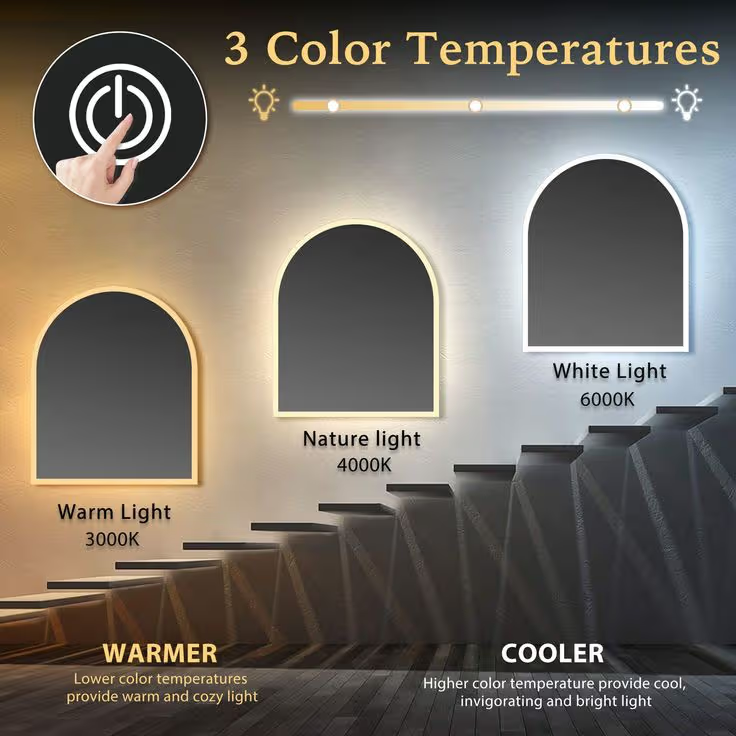
6. CRI (Color Rendering Index)
High CRI: Choose LED strips with a high CRI with Ra90 or above for accurate color rendering. This is important for mirrors used for tasks like makeup application, where true-to-life color is essential.
7. Waterproof rating (IP Rating)
If your mirror is in a bathroom or other humid area, look for LED strips with an IP65 rating or higher. This ensures protection against moisture and splashes, extending the life of your lights.
8. Dimmable and smart features
Dimmable: Opt for dimmable LED strips if you want control over the brightness level. This is useful for adjusting lighting according to different tasks or times of day.
Smart Features: Consider LED strips with smart features, such as remote control, app control, or compatibility with voice assistants (e.g., Alexa, Google Assistant). This allows for convenient adjustments to brightness, color, and even scheduling.

How to Choose the Best Power Supply for Your Mirror
Choosing the right power supply for your mirror LED strip light is crucial for both performance and safety. Start by determining the voltage and wattage requirements of your LED strip. Most LED strips operate on 12V or 24V DC, so ensure the power supply matches this voltage. Next, calculate the total wattage needed by multiplying the wattage per meter by the total length of the strip. Always choose a power supply that provides at least 20-30% more wattage than required to prevent overloading and ensure longevity.
Consider the installation environment. For bathroom mirrors or damp areas, opt for a power supply with an IP65 or higher waterproof rating. If you need to hide the power supply, look for compact or slim models that fit behind or near the mirror.
Safety features like overcurrent, overvoltage, and short-circuit protection are essential to protect your LED strip and prevent electrical hazards. Finally, choose a power supply from a reputable brand with good reviews to ensure reliability and avoid flickering or premature failure. With these considerations, you can select a power supply that safely and efficiently powers your mirror LED lights.
How to Choose the Right Controller
As it’s the controller is for retrofitting mirror light, the first thing you shall consider is if we have enough space for it. Secondly, what functions you would it like to have, simple on/off switch, touch panel, remote control or phone control through WIFI. Thirdly, it has to match your LED strips, you cannot use RGB control for white LED strips. Of course, you can choose controller first, then select LED strip to match it.
Here are some recommendation for mirror lights controllers:
Touch Panel: Slim control for static white or tunable white strips, you can stick it on the front surface of the mirror.
Remote control: you can simply control the lights by remote controller.
Smart control: this advanced control allows for greater customization and integration with smart home systems, like scheduling, music syncing, voice control and scene mode functions. But you have to ensure this area is covered by WIFI.

How to Attach LED Strip Lights to Mirror?
1. Determine where to fix LED strips
2. Plan the layout and measure
3. Clean the surface
4. Cut and connect the LED Strip (if necessary)
5. Install the LED strip
6. Secure the corners
7. Connect to power
8. Test the lighting
9. Optional: Add a diffuser or frame
This is the steps of fixing LED strip lights to mirror, we have another article with more details, click here to learn more.
FAQs
1. What type of LED strip should I use for my mirror?
COB strip light provides bright and uniform lighting , it’s the best choice for mirror lighting.
2. Can i cut LED strip?
Yes, LED strip can be cut at the cutting point which marked on PCB, don’t cut at any point in case damage the circuit.
3. What’s the benefit of installing LED strip light on the back of mirror?
It provides soft, even illumination, reduces shadows, enhances aesthetics, and adds a modern, ambient glow to the surrounding space.
4. Do I need a waterproof LED strip for my bathroom mirror?
Yes, you have to choose LED strips with a waterproof rating of at least IP65 to protect against moisture. This ensures safety and prolongs the lifespan of the strips.
5. How can i make my own backlit mirror?
If it’s a mirror with frame, you can install the LED strip lights on the back of the frame. Otherwise, you have to buy a spacer to put the strip on.
6. Why does my mirror has hot spot and dark spot?
It might be led failure, check if there is some unit not working, fix it by replace led strip;
It also could be not using connectors in the corner, a loop of LED strip causes hot spot problem.
Here is a Video of How Factory Makes LED Mirror

